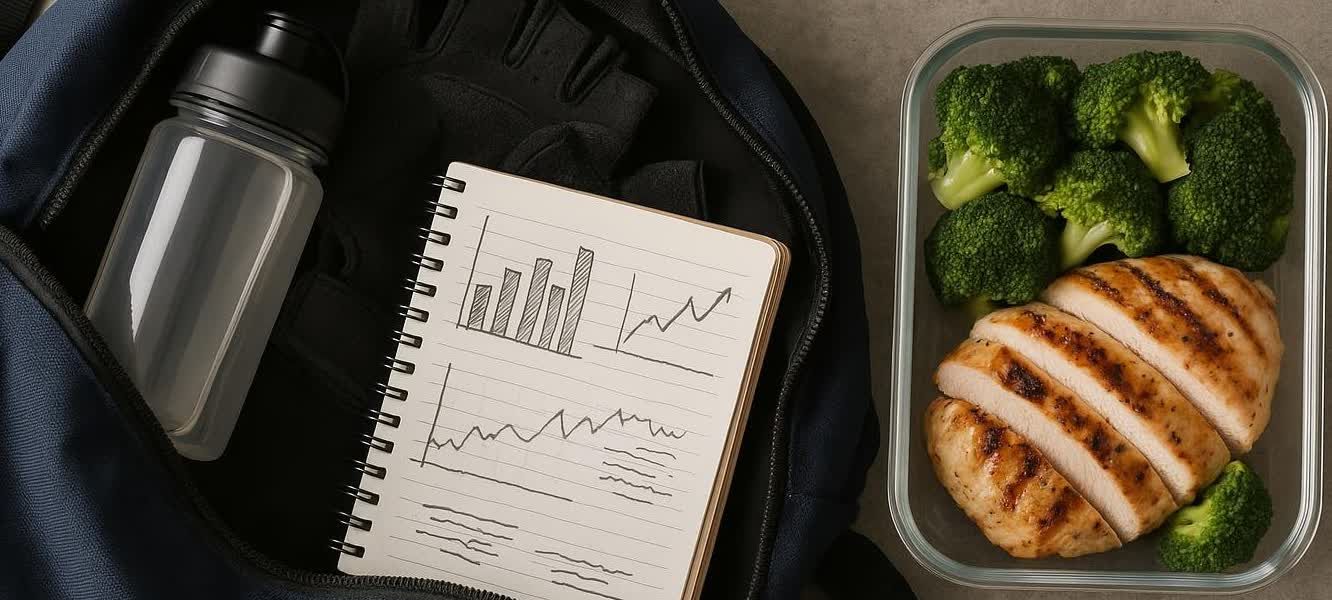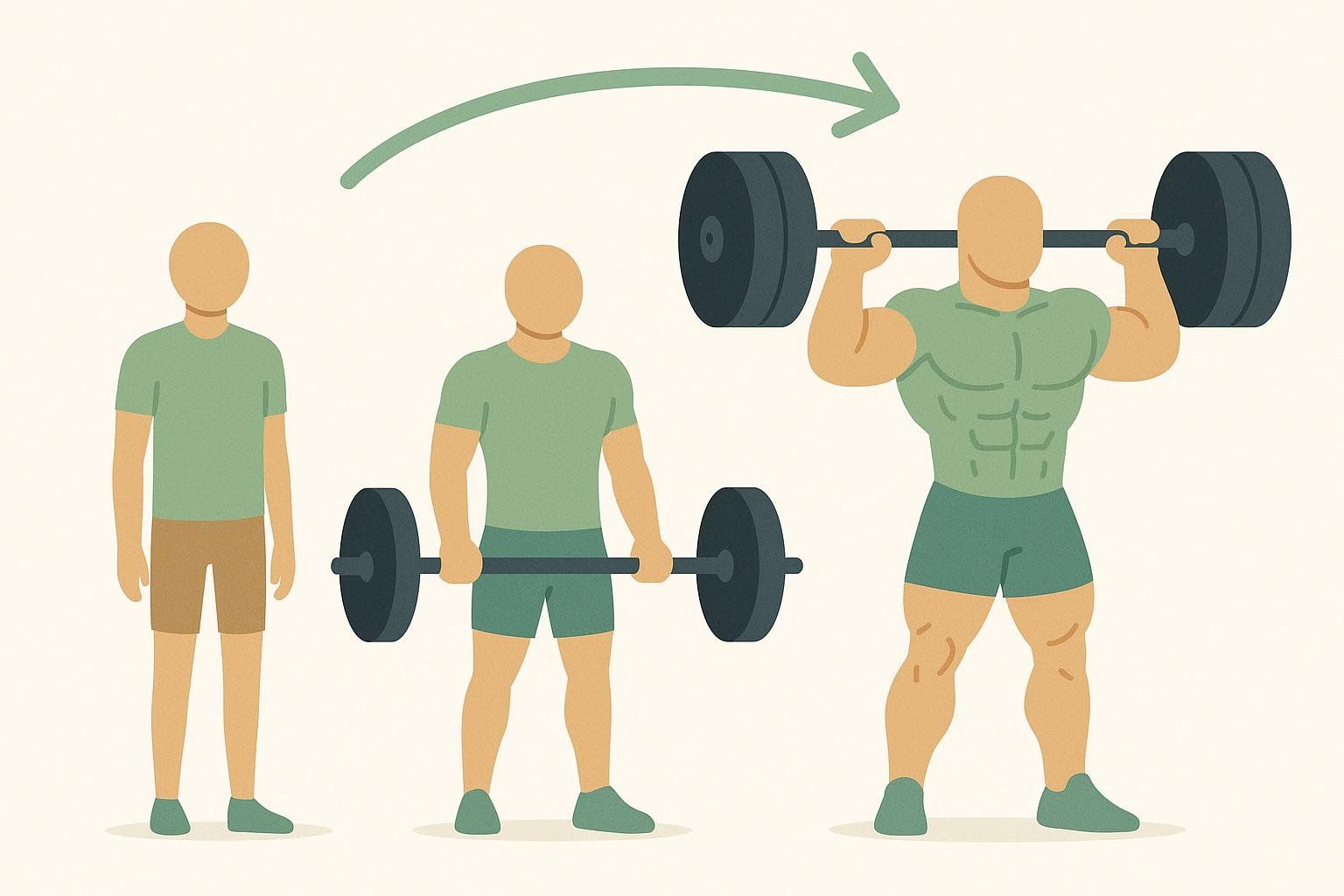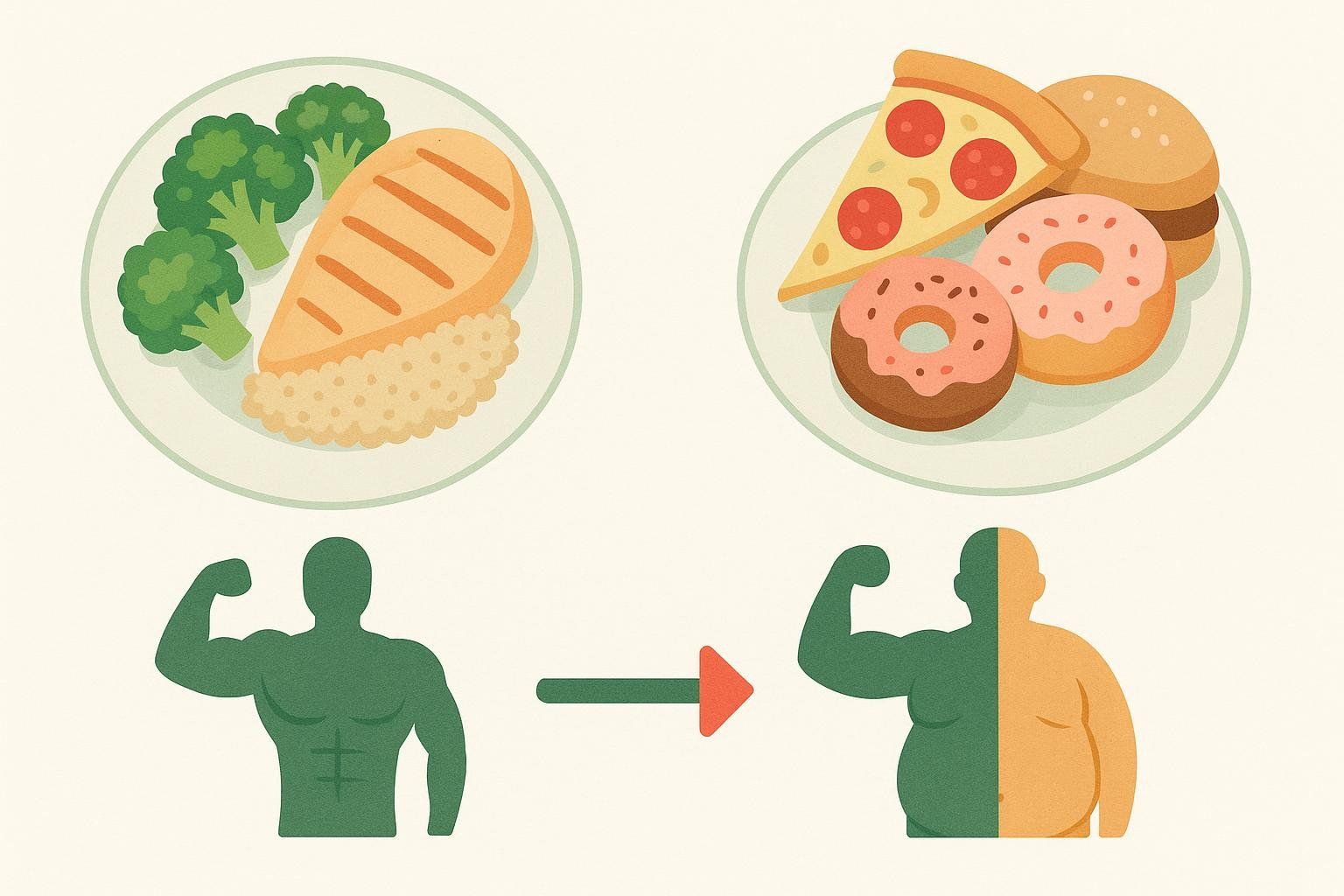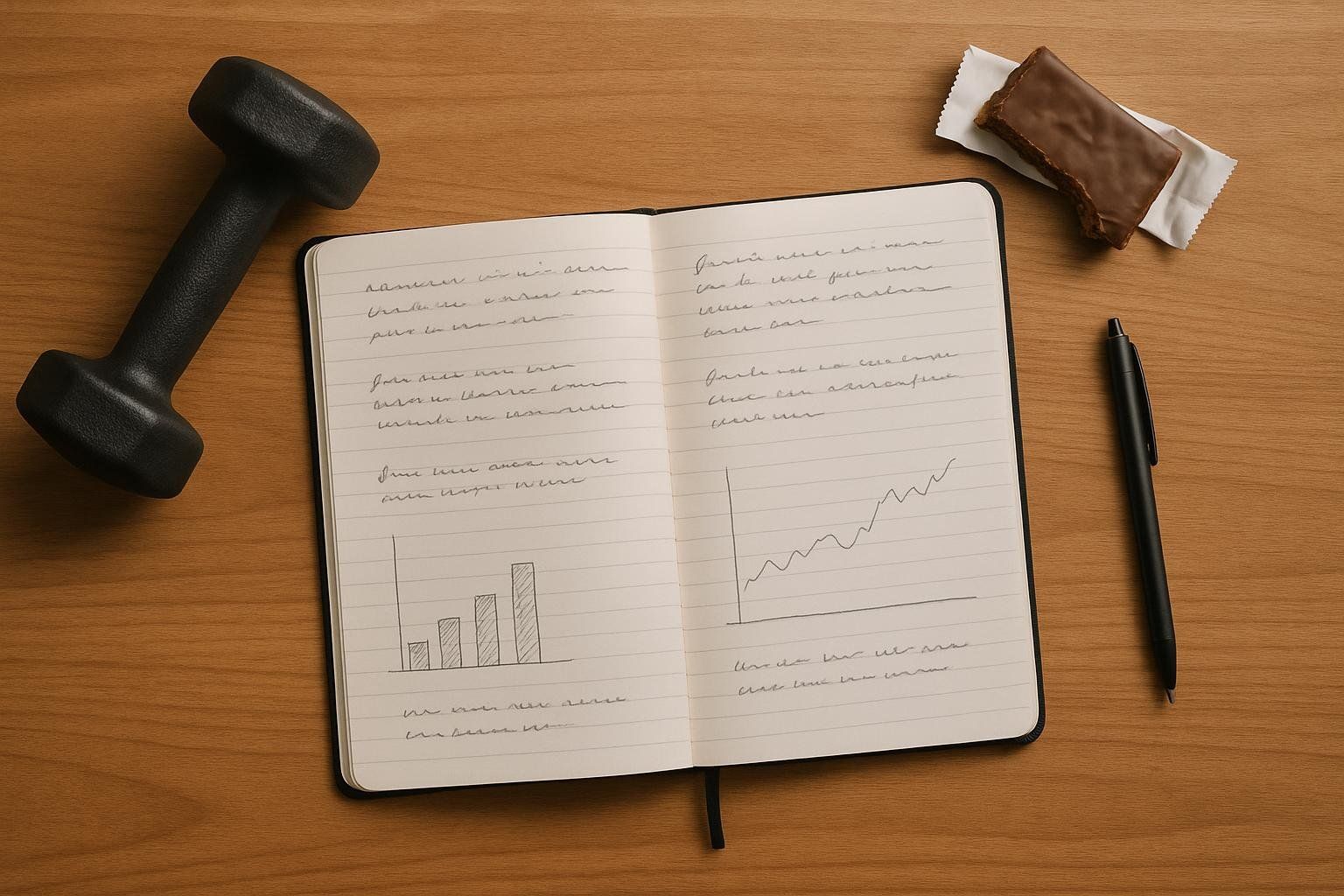How Long Should a Bulk Last? A Guide to Optimizing Your Workout Plan

How Long Should a Bulk Last? Data-Backed Guide
Updated September 2025
Wondering how long a bulk should last before the extra calories start adding more fluff than muscle? This guide explains how to pinpoint the optimal bulk duration so you maximize lean-mass gains while keeping fat gain manageable.
- A quick-use bulk duration calculator
- Persona-specific timelines for beginners, busy professionals, and competitive athletes
- Science-backed benchmarks for lean-to-fat gain rates
- A “Time-to-Cut” checklist
- Ways DEXA scans keep your bulk objective and efficient
Bulk Duration Calculator
How to use it
- Enter current weight, body-fat percentage (from your latest DEXA), training age, and weekly workout frequency.
- The tool will generate:
- A recommended bulking window (in weeks)
- Suggested daily calorie surplus
- Expected lean-vs-fat gain based on the latest resistance-training research
- Use these results to guide your plan and schedule a midpoint DEXA scan.
Don’t have a recent scan? Schedule a DEXA scan.
What Determines Your Optimal Bulking Timeline?
| Variable | Why it matters | Practical target |
|---|---|---|
| Training age | New lifters gain muscle faster (a.k.a. newbie gains) and can keep surpluses shorter. | Beginners: 12–24 weeks · Intermediate: 8–12 weeks (mini-bulk) · Advanced: 24–32 weeks |
| Starting body-fat % | Higher body fat can impair insulin sensitivity, reducing lean gains from a surplus. | Men: begin bulk at or below 15% · Women: at or below 25% |
| Weekly weight-gain rate | Gaining weight too quickly increases the fat fraction, while extremely slow rates may under-stimulate muscle growth. | 0.25–0.75% of body weight per week |
| Lifestyle & recovery | Sleep, stress, and protein intake dictate muscle-protein synthesis. | 7–9 hours of quality sleep; at least 1.6 g of protein per kilogram of body weight (about 0.73 g per pound) |
| Performance goals | Powerlifting, physique, and general-strength athletes each require different preparation timelines. | Align bulking cycles with specific performance or aesthetic deadlines |

The Research in Plain English
A 2024 randomized trial in Clinical Nutrition found that a 40% calorie surplus for six weeks increased body-protein mass by 3.7%. However, the large surplus also produced substantial fat gain. When researchers tested a 10% surplus, participants saw much smaller fat increases while still adding modest muscle (ScienceDirect).

Recommended Bulk Lengths by Persona
| Persona | Training Level | Ideal Bulk Length | Why This Window Works |
|---|---|---|---|
| Beginner Lifter Alex (18–22 years) | New | 12–24 weeks | Capitalizes on newbie gains while preventing excess fat that can stall motivation. |
| Busy Professional Emma (25–35 years) | Early-intermediate | 8–12 weeks (mini-bulk) | Fits a packed schedule, minimizes wardrobe changes, and pairs easily with a short cut before summer. |
| Competitive Bodybuilder Chris (30–45 years) | Advanced | 24–32 weeks (phased) | Allows 16 weeks of aggressive surplus, 8 weeks of moderate surplus, and enough runway before contest prep. |
Short vs. Long Bulks: Pros & Cons
| Bulk Type | Duration | Pros | Cons |
|---|---|---|---|
| Mini-bulk | 4–8 weeks | Rapid muscle stimulus; minimal fat gain | Limited absolute growth; more frequent diet transitions |
| Classic bulk | 16–24 weeks | Balanced muscle-to-fat ratio; predictable lifestyle planning | Potential for significant fat accumulation if metrics aren't monitored closely |
| Extended bulk | 6–9 months | Maximizes growth potential for hard gainers/ectomorphs | Higher fat accumulation; longer, more intensive cut |
Clean vs. Dirty Bulking — Impact on Timeline
“Dirty” bulks (unlimited calories) accelerate weight gain but mostly add fat, extending the subsequent cutting phase. In contrast, a clean surplus of 250–500 calories per day may progress more slowly; a 2023 review concluded that smaller surpluses help ensure more of the weight gained is muscle, not fat (Sports Medicine Open).

Need a complete clean-bulk roadmap? Explore our DEXA-backed clean bulk plan.
Signs It’s Time to End Your Bulk

- Your waist circumference has increased by more than 2 inches from your starting measurement
- As a general coaching guideline, many lifters wrap up a bulk when men approach 20–22% body fat and women 30–32% (confirmed via DEXA)
- Strength PRs stall for 3–4 consecutive weeks
- Cardiorespiratory fitness declines—higher resting heart rate, quicker fatigue
- Clothes feel tight around the midsection
Transitioning From Bulk to Cut in 3 Steps
- Maintenance Week – Eat at maintenance calories to let hormones and digestion stabilize.
- Calorie Reduction – Drop intake by 250–500 calories per day (around 10%) while maintaining at least 1.6 g of protein per kilogram of body weight (about 0.73 g per pound).
- DEXA Re-scan – For optimal feedback, consider booking scans at week 0 and week 8 of your cut to track your progress.
For a deeper dive, read our guide on choosing between cutting and bulking.
How BodySpec DEXA Scans Keep Your Bulk on Track
- Baseline Scan – Determine precise fat-free mass and visceral-fat risk before the surplus.
- Progress Scan (Week 8–12) – Monitor the lean-to-fat ratio early; adjust calories or training volume accordingly.
- Exit Scan – Quantify total muscle added and design your calorie deficit with accuracy.
Ready to bulk smarter? Schedule a DEXA scan and start your baseline assessment today.
Bulk Length FAQ
How fast should I gain weight during a bulk?
Aim for 0.25–0.75% of body weight per week. Faster rates lead to a higher proportion of fat gain.
Can women benefit from bulking?
Yes—the same principles apply. Start bulks at or below 25% body fat and keep surpluses modest to avoid excessive fat gain, which can negatively impact insulin sensitivity.
What is a “lean bulk”?
A lean bulk uses a small calorie surplus and high-protein diet to prioritize muscle. For a detailed roadmap, see our DEXA-backed clean bulk plan.
Do I need supplements?
They’re optional. Focus first on calories, protein, and planning your workouts with periodization; creatine and whey have the strongest evidence.
Key Takeaways
- Most lifters achieve optimal results during 16–24-week classic bulks.
- Maintain calorie surpluses at or below 500 calories per day to favor lean gains.
- Track waist size and DEXA body-fat percentage—not just scale weight.
- Use midpoint scans to refine your plan before fat accumulation accelerates.

Evidence-based adjustments outperform guesswork every time. Establish your timeline, monitor objective metrics, and let data guide the transition from bulking to cutting.


